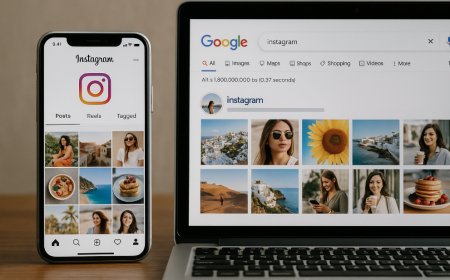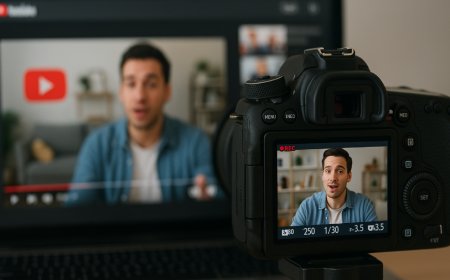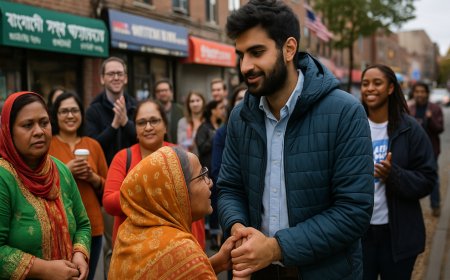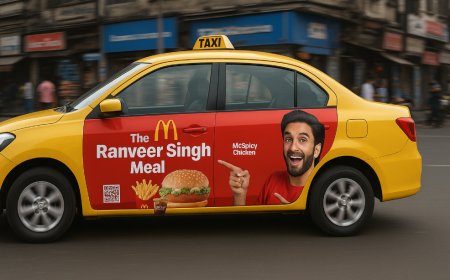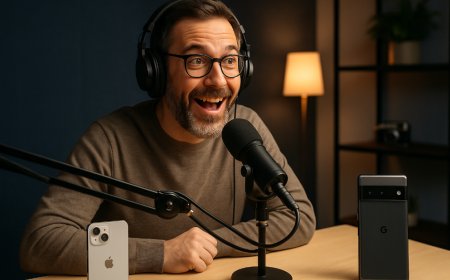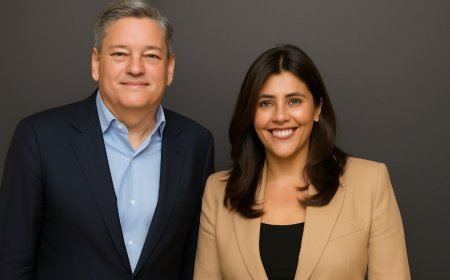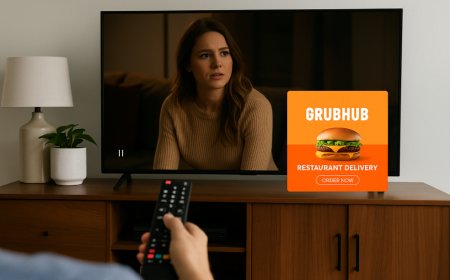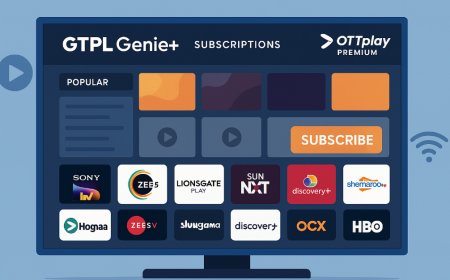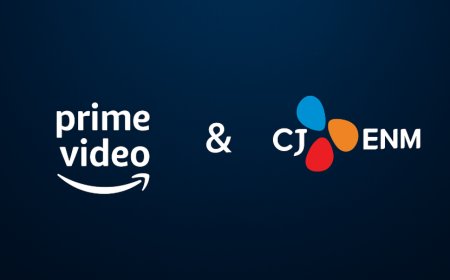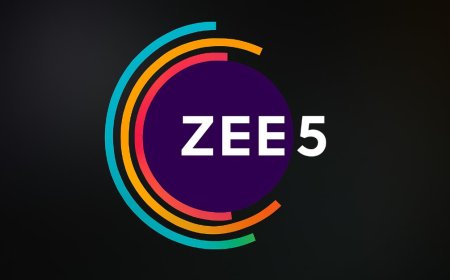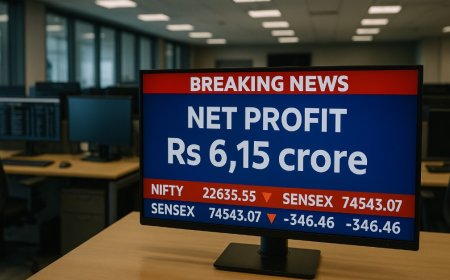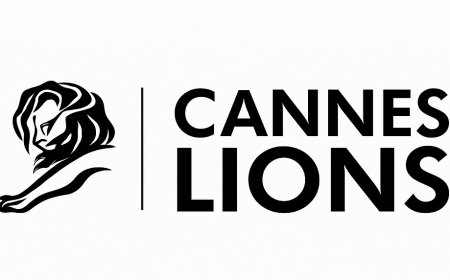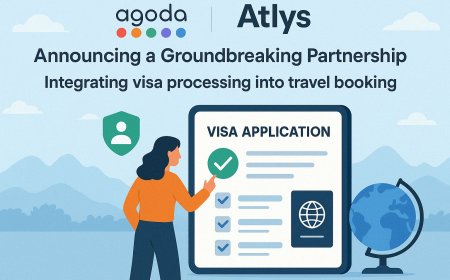YouTube to Use AI for Smarter Ad Placements at Peak Moments in Videos
YouTube announces plans to implement AI-driven ad placement, targeting the most engaging moments—called ‘peak points’—in videos to enhance viewer engagement and advertising performance.

Introduction: AI Changes the Ad Game on YouTube
In a bold move set to redefine digital advertising, YouTube is rolling out artificial intelligence (AI) capabilities to place ads more strategically — precisely at the most engaging parts of a video, known as “peak points.” This upgrade is part of YouTube’s ongoing mission to enhance user experience, increase advertiser ROI, and minimize ad disruption during content consumption.
With over 2 billion monthly users and billions of hours of video watched every day, YouTube is a powerhouse for creators and advertisers alike. But until now, the timing of ad insertions has largely relied on fixed intervals, manual placement by creators, or AI tools that lacked nuanced understanding of viewer attention.
That’s all about to change.
What Are ‘Peak Points’?
According to YouTube, “peak points” refer to the most emotionally or visually engaging moments within a video — the segments where audience attention is at its highest. These could be:
-
A plot twist in a short film
-
A big reveal in a product review
-
A punchline in a comedy sketch
-
The climax of a how-to tutorial
By identifying these peak engagement moments, YouTube plans to use AI to automatically insert ads at times that maximize impact without frustrating the viewer.
Why Is YouTube Making This Change?
YouTube’s goal is clear: increase ad effectiveness while reducing viewer drop-offs. Traditional mid-roll ads, which can interrupt the flow of a video, are often skipped or cause viewers to leave. YouTube's AI hopes to insert ads when viewers are most emotionally invested, making them more receptive and less likely to click away.
The move solves several problems:
-
For viewers: Fewer annoying interruptions.
-
For advertisers: Better ad visibility and interaction.
-
For creators: Higher ad revenue due to better performance metrics.
In other words, it’s a win-win-win.
How Does the AI Work?
The new system uses machine learning algorithms trained on massive datasets — analyzing things like:
-
Viewer retention graphs
-
Engagement rates (likes, comments, shares)
-
Watch time and replayed segments
-
Audio cues (e.g., rising music, louder volume)
-
Facial expressions and visual movement (via computer vision)
By combining audience behavior and video analytics, YouTube’s AI predicts the precise moment a viewer is most hooked — and drops the ad there. This could significantly outperform the traditional model of placing ads every few minutes or at manual cut points.
What This Means for Advertisers
For advertisers, this could be a game-changer.
Instead of paying for impressions that may happen during dull parts of a video — or worse, when viewers bounce off — ads will now appear at emotionally charged moments. This makes the ads feel less intrusive and more likely to:
-
Capture full viewer attention
-
Achieve better click-through rates
-
Deliver more conversions
Marketers can also better align messaging with tone. For example, a dramatic moment in a documentary could be matched with a cinematic trailer, while an exciting reveal in a tech review might feature a gadget ad.
Benefits for Content Creators
YouTube creators stand to gain significantly as well. With AI optimizing ad insertion, creators could see higher monetization rates — even without increasing the number of ads per video.
Additionally:
-
Less manual work is needed to mark ad breaks.
-
The video’s narrative flow remains intact, reducing complaints from viewers.
-
Peak-time ads could be priced higher, boosting revenue for creators who produce highly engaging content.
Viewer Experience: The Real Test
While the system sounds promising, viewer sentiment will ultimately determine success.
YouTube claims the AI will ensure ads are less disruptive and more “natural.” But this will require delicate calibration — placing ads just before or after peak moments, not during them, to avoid ruining emotional payoff.
Early beta testers have reportedly shown higher completion rates for these AI-placed ads. However, time will tell how general audiences respond across various video categories like vlogs, tutorials, music videos, and live streams.
When Will It Launch?
YouTube has begun testing the AI-driven ad placement feature with select creators and advertisers in the U.S., UK, and India. A broader rollout is expected in mid-to-late 2025, with options for:
-
Automatic peak-point ad insertion (default)
-
Manual override for creators who prefer control
-
Advertiser targeting based on video genre and viewer intent
This gives creators and brands flexibility while introducing a smarter default option.
The Future of Video Advertising
This initiative by YouTube signals a broader trend: AI will increasingly dictate how, when, and where digital ads are shown. As viewers become more ad-averse, platforms must find ways to blend ads seamlessly into user experiences.
Potential future applications:
-
Interactive peak ads: Where viewers can click for live offers.
-
Voice-assisted recommendations based on viewing history.
-
Emotion-based ad personalization through facial recognition (pending ethical debates).
YouTube’s peak-point AI ad technology could set a new industry standard for monetization across video platforms like Meta, TikTok, and even OTT streaming services.
Conclusion: Smart Ads for Smarter Viewing
YouTube’s move to use AI for identifying “peak points” marks a significant shift in how online video is monetized. By choosing the most engaging parts of a video to insert ads, the platform hopes to make advertising less of an interruption and more of a value addition.
What's Your Reaction?
 Like
0
Like
0
 Dislike
0
Dislike
0
 Love
0
Love
0
 Funny
0
Funny
0
 Angry
0
Angry
0
 Sad
0
Sad
0
 Wow
0
Wow
0
